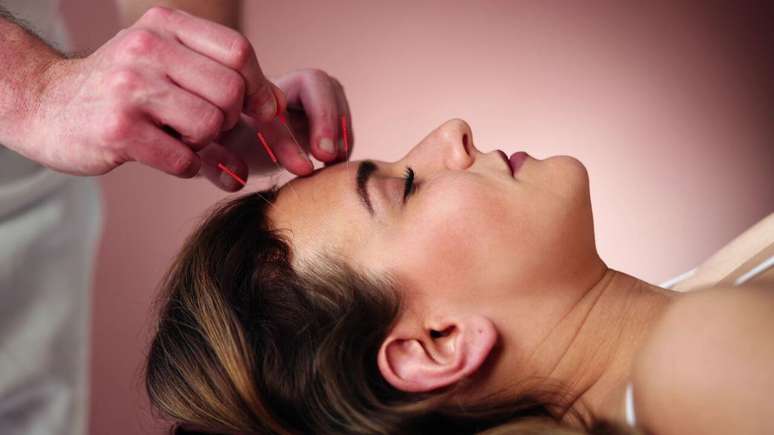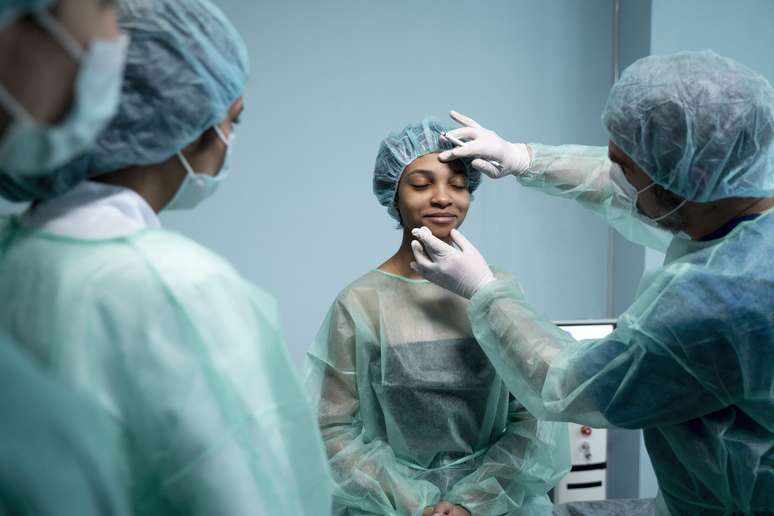Researchers support comprehensive safe sleep advice for families
A recent study published by the American Academy of Pediatrics (AAP) revealed that 60% of cases of sudden and unexpected death in children (SUID) are associated with sharing sleeping surfaces, such as beds, chairs, or sofas, with another person.
The research, conducted by a team that included researchers from the Centers for Disease Control and Prevention (CDC), analyzed 7,595 cases of SUID across 23 US jurisdictions. WE between 2011 and 2020. The findings indicated that three in five children shared a sleeping surface at the time of death.
“Our results support comprehensive consultancy on safe sleep for each family at each meeting, beyond simply asking where the child sleeps,” the authors wrote in the study “Characteristics of Sudden and Unexpected Infant Deaths on Shared and Nonshared Sleep Surfaces.”
The study also observed that children who shared a sleeping surface and died had different characteristics than those who did not. Most of these infants were black, dependent on public health care, and aged between 0 and 3 months.
Additionally, researchers noted that at least 76 percent of all SUID cases involved multiple unsafe sleep factors, including everything from sleep position to the presence of adults under the influence of drugs or alcohol at the time of death. The majority shared the surface only with adults (68.2%), in an adult bed (75.9%) and with one other person (51.6%).
According to the study, there are approximately 3,400 cases of SUID in the United States each year. To reduce risk, the AAP asks that babies be put to sleep on their backs, on a firm, flat surface, without soft objects or loose bedding. The institution also reiterated that children should not share their sleeping surface with another person.
“It is critical that healthcare providers comprehensively address and discuss children’s sleep practices during therapy queries prenatal e queries routine. Involving parents in these discussions about their sleep practices and assisting them in making decisions to address their concerns while reducing the risk of SUID is of immense value,” the study authors emphasized.
Source: Terra
Ben Stock is a lifestyle journalist and author at Gossipify. He writes about topics such as health, wellness, travel, food and home decor. He provides practical advice and inspiration to improve well-being, keeps readers up to date with latest lifestyle news and trends, known for his engaging writing style, in-depth analysis and unique perspectives.









